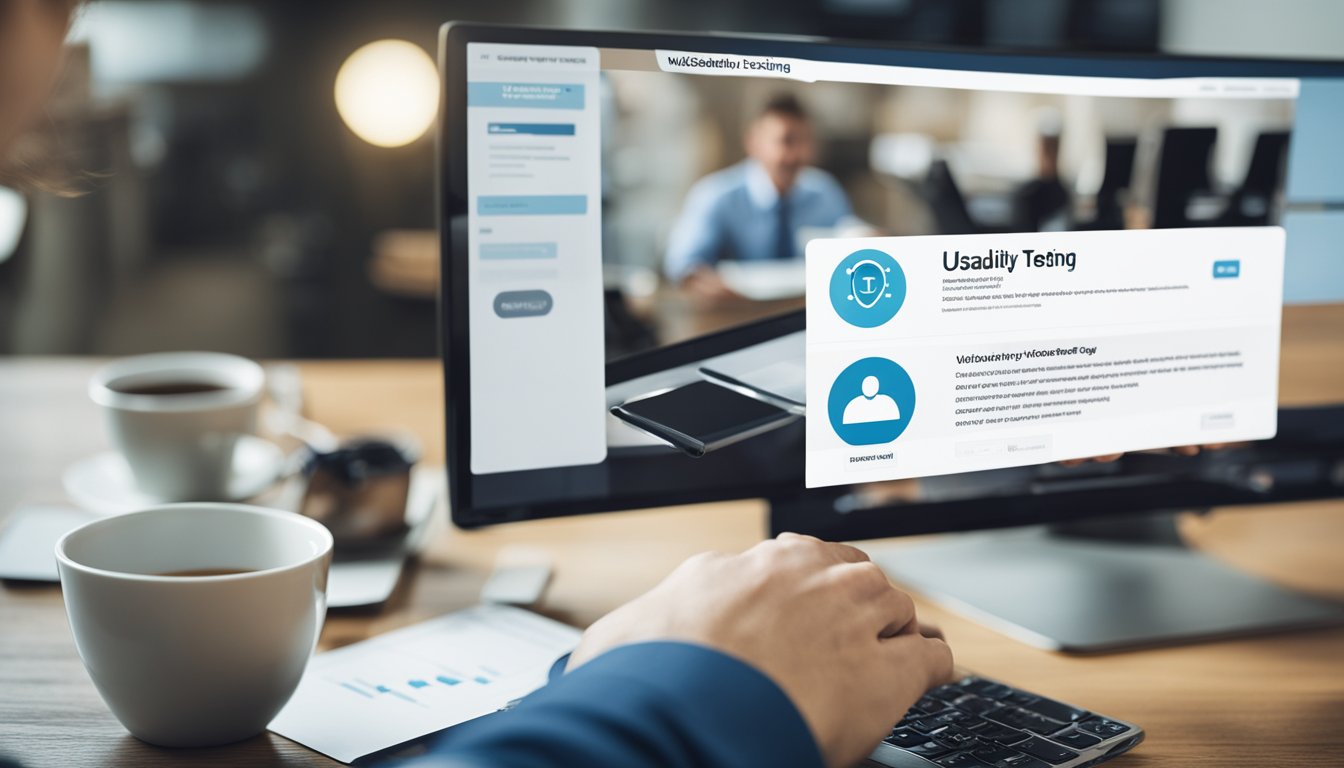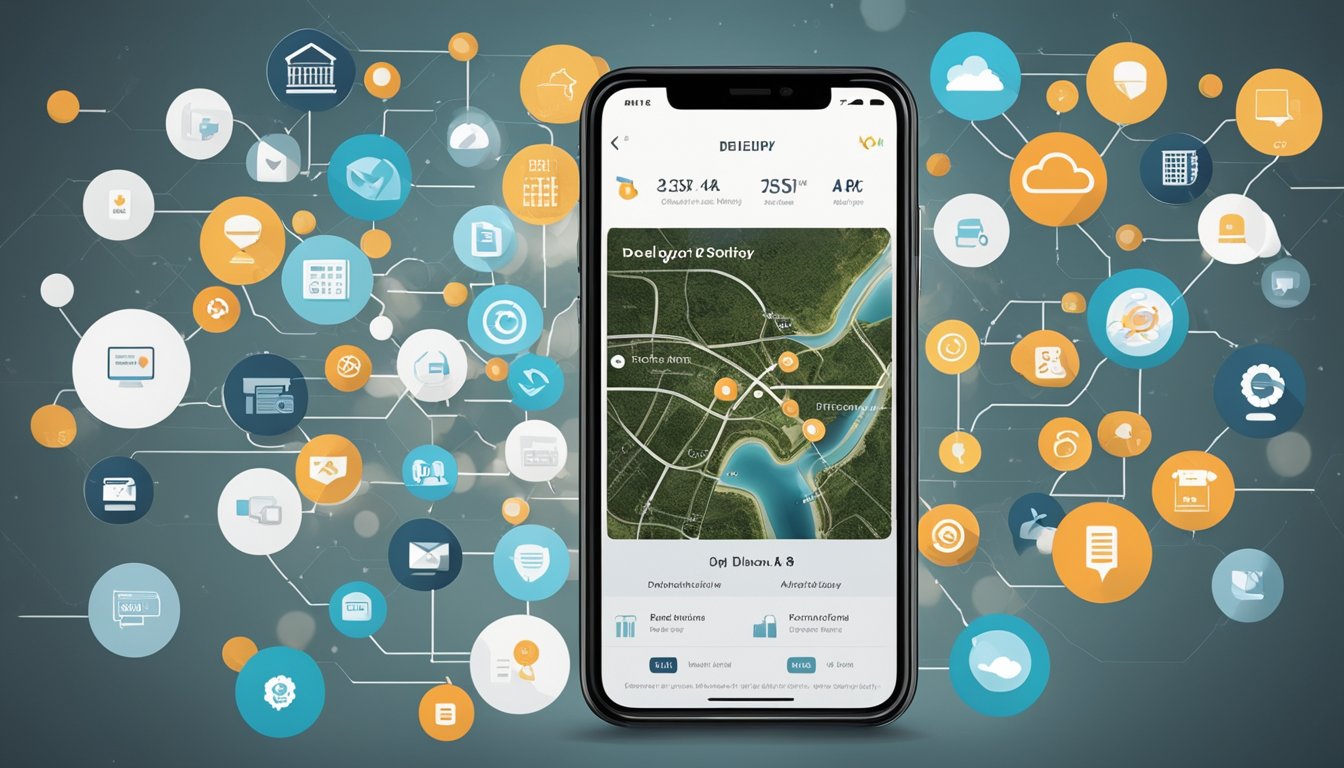
As the world moves towards digitization, on-demand delivery apps have become increasingly popular. These apps allow users to order various services or products online and have them delivered to their doorstep. On-demand delivery apps have become an industry of their own, with a circle of app creators, service/product providers, and end-users.

Developing an on-demand delivery app can be a challenging task, but with the right app development solutions, it can be a lucrative business opportunity. Understanding the on-demand delivery app market, key features, user experience, technical aspects of app development, and monetization and business models are crucial for building a successful on-demand delivery app.
In this article, I will provide a beginner's guide to on-demand delivery app development. I will cover everything from understanding the on-demand delivery app market to the technical aspects of app development and monetization and business models. Whether you are looking to start your own on-demand service or simply want to expand your online presence, this guide will provide you with the necessary information to get started.
Key Takeaways
- Conduct thorough market research to understand your target audience, competition, and market trends.
- Key features and user experience are crucial for building a successful on-demand delivery app.
- Monetization and business models should be carefully considered to ensure profitability.
Understanding On-Demand Delivery App Market
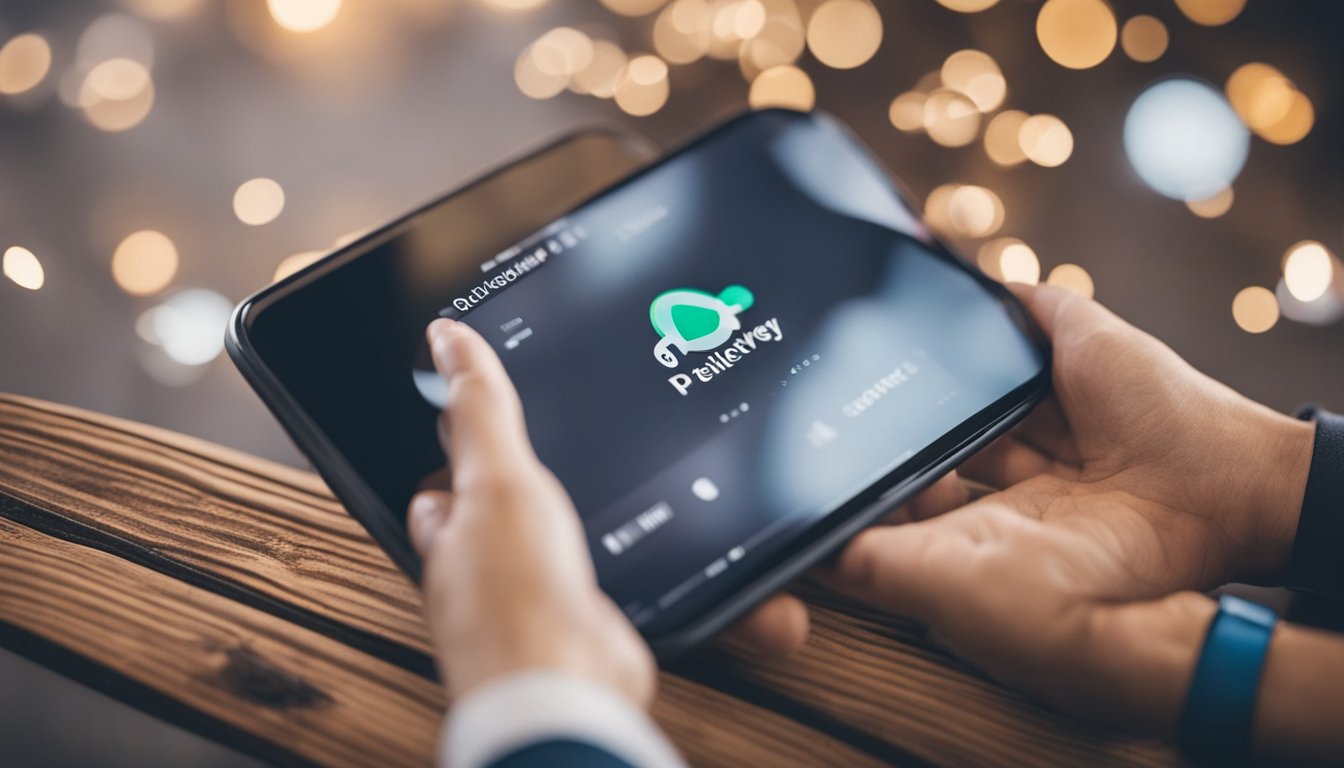
As the on-demand economy continues to grow, the demand for on-demand delivery apps is increasing rapidly. In this section, I will discuss the role of food delivery businesses and the impact of the on-demand economy on the food delivery market.
Role of Food Delivery Businesses
The food delivery industry has been around for a long time, but with the rise of on-demand apps, it is experiencing a massive transformation. Food delivery businesses are now able to offer their services through online platforms, making it easier for customers to order food from their favorite restaurants.
On-demand food delivery apps have become an essential part of the food delivery industry, providing customers with a convenient and hassle-free way to order food. These apps have also helped businesses increase their revenue by reaching a larger customer base.
Impact of On-Demand Economy
The on-demand economy has had a significant impact on the food delivery market. With the rise of on-demand apps, customers are now able to order food from anywhere and at any time. This has led to an increase in demand for delivery services, which has resulted in the growth of the food delivery market.
On-demand apps have also changed the way businesses operate. They have made it easier for businesses to manage their operations and reach a larger customer base. These apps have helped businesses streamline their delivery process, making it more efficient and cost-effective.
Market research is essential for businesses looking to enter the on-demand delivery app market. It is important to understand the market trends, competition, and target audience to develop a successful app. Conducting thorough market research can help businesses identify gaps and opportunities in the on-demand delivery market.
In conclusion, on-demand delivery apps have revolutionized the food delivery industry, providing customers with a convenient way to order food. The on-demand economy has had a significant impact on the food delivery market, leading to an increase in demand for delivery services. Businesses looking to enter the on-demand delivery app market should conduct thorough market research to develop a successful app.
Key Features and User Experience
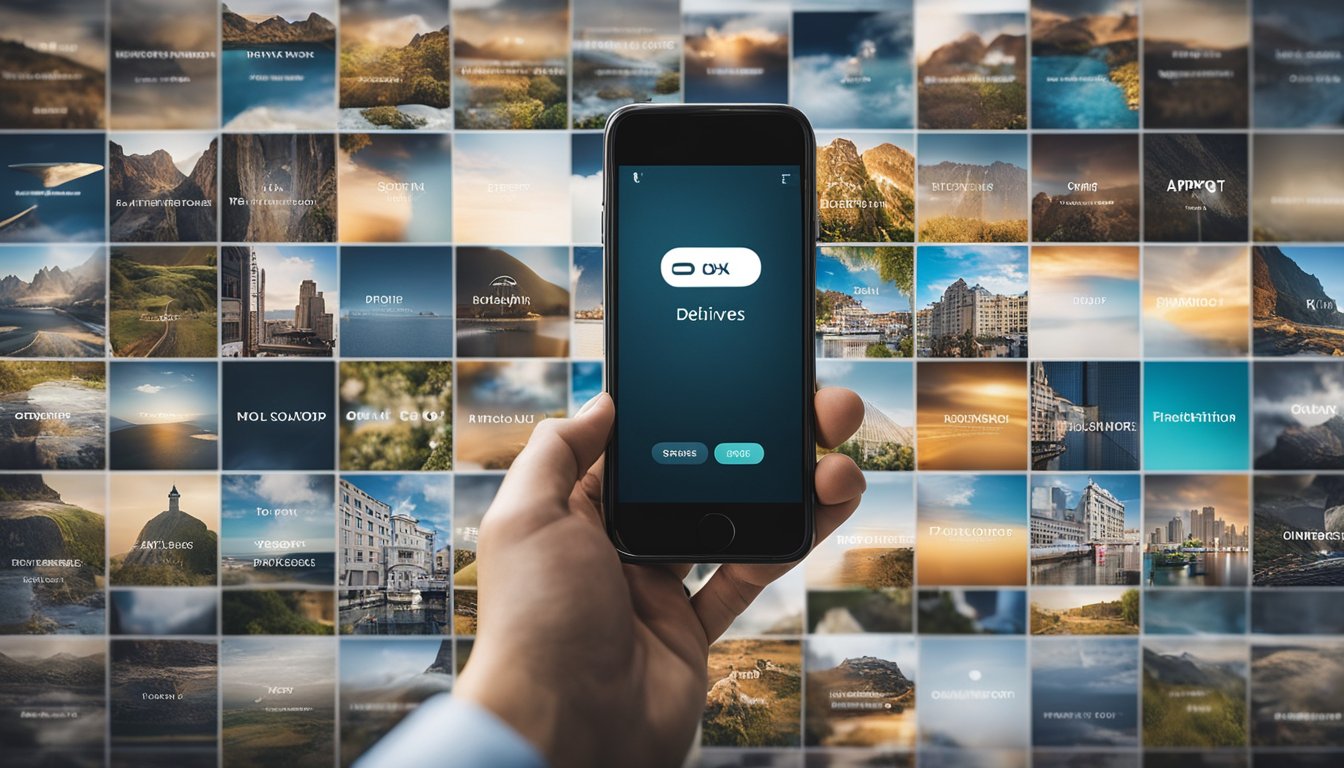
When it comes to on-demand delivery app development, key features and user experience are crucial for success. Customers demand a seamless and user-friendly interface, real-time order tracking, and push notifications for updates on their orders. To ensure customer satisfaction, it is important to incorporate these features and more into your app.
One of the most important features of an on-demand delivery app is real-time tracking. Customers want to know where their order is and when it will arrive. By integrating real-time tracking into your app, you can provide customers with peace of mind and keep them informed every step of the way.
Another important feature is a user-friendly UI/UX. Customers should be able to navigate the app with ease and find what they need quickly. This includes a clear and concise menu, easy-to-use search function, and simple checkout process.
Ratings and reviews are also essential for an on-demand delivery app. Customers want to know what others think of a restaurant or delivery service before placing an order. By including ratings and reviews, you can provide customers with valuable feedback and help them make informed decisions.
Feedback is another important aspect of an on-demand delivery app. Customers should be able to provide feedback on their experience, whether it is positive or negative. This feedback can help improve the app and ensure customer satisfaction.
Flexibility is also important when it comes to on-demand delivery apps. Customers should be able to customize their orders and make changes as needed. This includes adding special instructions or requesting substitutions.
Overall, incorporating these key features and providing a seamless user experience is essential for the success of an on-demand delivery app. By meeting the needs of customers and providing valuable feedback, you can create an app that stands out from the competition and keeps customers coming back.
Technical Aspects of App Development
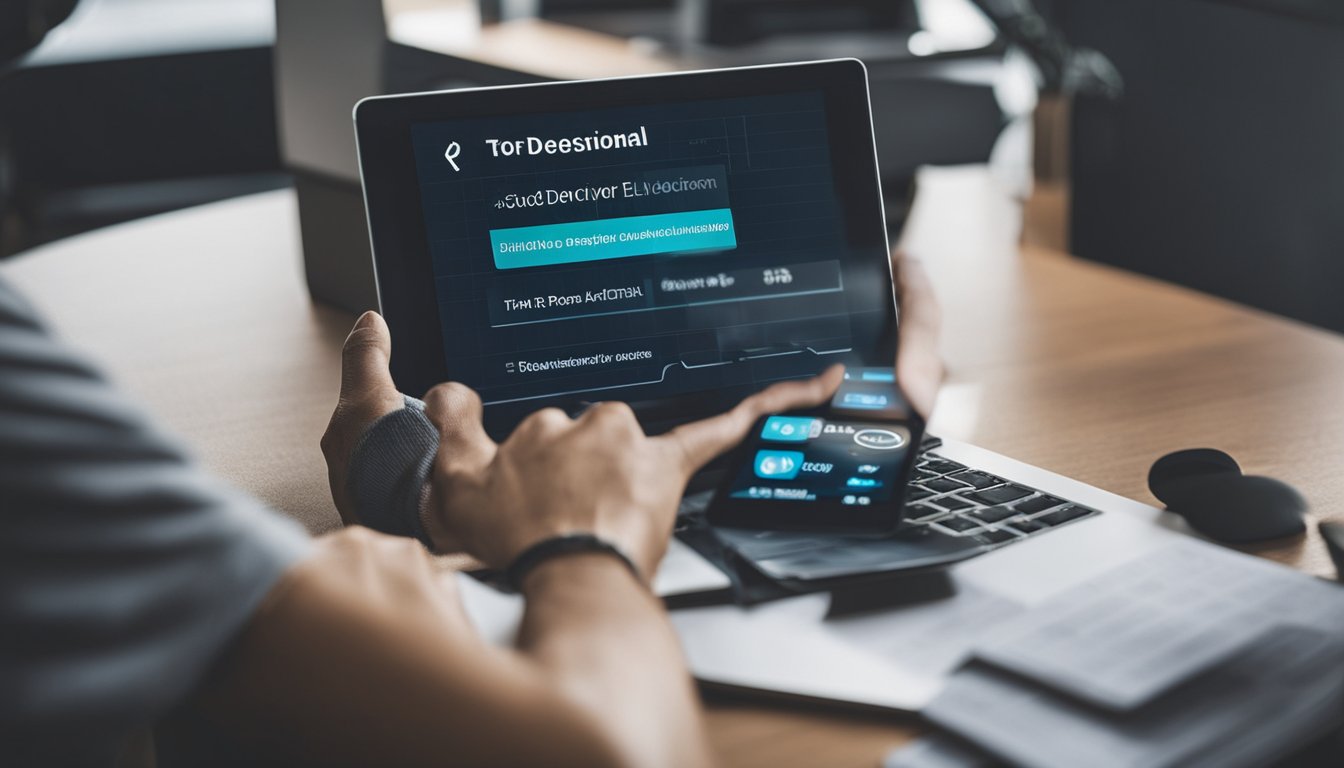
When it comes to developing an on-demand delivery app, there are several technical aspects to consider. In this section, I will cover some of the key technical considerations that an app development company should keep in mind while building an app.
Choosing the Right Platform
The first step in developing an on-demand delivery app is to choose the right platform. The two most popular platforms for mobile app development are Android and iOS. While Android has a larger market share, iOS devices are more popular in certain regions. Therefore, it is essential to consider the target audience and choose the platform accordingly.
Phase of Development
The development of an on-demand delivery app goes through several phases, including wireframing, prototyping, backend development, frontend development, testing and quality assurance, and deployment and launch. It is essential to have a clear understanding of each phase and the resources required for each one.
Security Measures
Security is a critical aspect of any on-demand delivery app. It is essential to implement robust security measures to protect user data and prevent unauthorized access. Some of the security measures that app development companies can implement include data encryption, two-factor authentication, and secure connections.
Overall, developing an on-demand delivery app requires a thorough understanding of the technical aspects involved. By choosing the right platform, understanding the different phases of development, and implementing robust security measures, app development companies can build a successful on-demand delivery app.
Monetization and Business Models

Monetizing an on-demand delivery app is crucial for any startup looking to launch such a platform. There are several business models to choose from, and each has its own advantages and disadvantages.
One of the most popular models is the commission-based model, where the platform takes a percentage of every transaction made through the app. This model is commonly used by food delivery businesses such as Grubhub, Seamless, and UberEats. Another popular model is the subscription-based model, where users pay a monthly or yearly fee for access to premium features or discounts on delivery fees. Instacart is an example of a grocery delivery app that uses this model.
To maximize profit, it's essential to offer a variety of payment options to customers. This includes credit and debit cards, mobile wallets, and even cash on delivery. Offering a seamless payment system is crucial for customer satisfaction and retention.
In addition to monetizing the customer-facing side of the app, it's also important to consider business-to-business (B2B) partnerships. For example, partnering with restaurants and vendors can provide an additional revenue stream through restaurant listings and delivery services.
To ensure a successful launch, it's crucial to develop an MVP (Minimum Viable Product) with customizable features and an easily navigable admin dashboard. This will allow for quick adjustments based on customer feedback and market demands.
Overall, there are several business models and monetization strategies to consider when developing an on-demand delivery app. By focusing on customer satisfaction and offering a variety of payment options, partnerships, and customizable features, entrepreneurs can maximize ROI and build a successful platform.
Frequently Asked Questions

How can I create an on-demand delivery app?
Creating an on-demand delivery app requires a clear understanding of the target audience, business model, and technology stack. To create an on-demand delivery app, you need to follow the following steps:
- Define your business model and target audience
- Choose a technology stack that suits your business needs
- Develop the app's features, including the user interface, payment gateway, and real-time tracking
- Test the app to ensure its functionality and usability
- Launch the app and promote it to your target audience
What are the key features of successful on-demand delivery apps?
Successful on-demand delivery apps have several key features, including:
- User-friendly interface
- Real-time tracking
- Multiple payment options
- Rating and review system
- Push notifications
- In-app chat support
- Integration with social media platforms
How do on-demand delivery apps make money?
On-demand delivery apps make money through various monetization strategies, including:
- Commission-based revenue model
- Subscription-based revenue model
- Advertising-based revenue model
- In-app purchases
What are the challenges of on-demand delivery app development?
On-demand delivery app development comes with various challenges, including:
- Choosing the right technology stack
- Ensuring scalability and security
- Maintaining a seamless user experience
- Managing real-time tracking and logistics
- Meeting legal and regulatory requirements
What are the best practices for designing an on-demand delivery app?
The best practices for designing an on-demand delivery app include:
- Understanding the target audience and their pain points
- Simplifying the user interface and navigation
- Incorporating real-time tracking and logistics management
- Offering multiple payment options
- Providing excellent customer support
- Ensuring seamless integration with third-party services
What are the legal considerations for on-demand delivery app development?
On-demand delivery app development requires compliance with various legal and regulatory requirements, including:
- Data privacy laws
- Payment gateway regulations
- Intellectual property laws
- Labor laws
- Tax laws
- Insurance requirements
It's essential to consult with legal experts to ensure compliance with all applicable laws and regulations.



